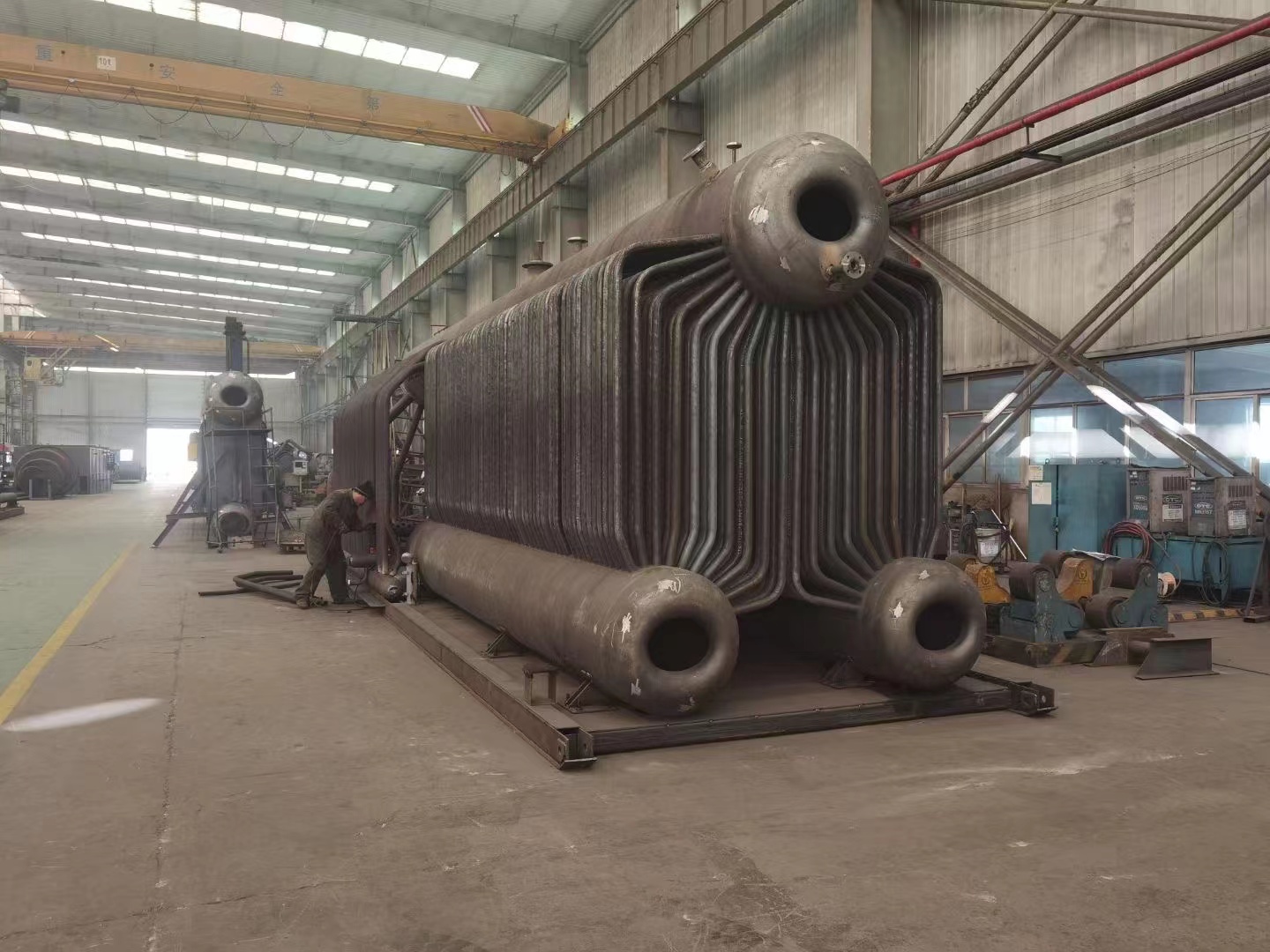Changes and Impacts of Industrial Boiler MACT Regulations on Manufacturing and Compliance Strategies
Understanding the Industrial Boiler MACT Standards
The Industrial Boiler Maximum Achievable Control Technology (MACT) standards serve as crucial regulations aimed at reducing hazardous air pollutants (HAPs) emitted from industrial boilers and process heaters. Established under the Clean Air Act, these standards are designed to protect air quality and public health by ensuring that industrial facilities employ the best practices and technologies available to minimize emissions.
Industrial boilers are widely used in various sectors, including manufacturing, power generation, and commercial operations, where they play a vital role in producing steam or heating water for processes. However, the combustion of fossil fuels and biomass in these boilers can result in the emission of harmful pollutants such as mercury, particulate matter, nitrogen oxides, and sulfur dioxide. Consequently, the regulation of these emissions is paramount to maintaining environmental safety.
Understanding the Industrial Boiler MACT Standards
One of the key components of the Industrial Boiler MACT standards is the requirement for facilities to conduct emissions testing and monitoring. Facilities must demonstrate compliance with the stipulated limits through regular testing and report their findings to the EPA. This rigorous monitoring helps ensure that emissions remain within allowable levels and encourages ongoing improvements in emission control technologies.
industrial boiler mact product

The MACT standards also emphasize the importance of using the best available technologies to minimize emissions. This may involve upgrading existing equipment or investing in newer, cleaner technologies. For example, facilities might adopt advanced combustion controls, install flue gas desulfurization systems, or utilize low-NOx burners to reduce emissions of nitrogen oxides. By promoting the use of innovative technologies, the MACT standards incentivize industries to continuously enhance their operational practices and contribute to environmental sustainability.
In addition to improving air quality, compliance with MACT standards can yield significant benefits for industrial facilities. Many facilities report cost savings as a result of increased efficiency and reduced energy consumption associated with modernizing equipment. Additionally, maintaining compliance can bolster a facility’s public image and enhance its standing with regulatory bodies, potentially leading to fewer disruptions from inspections or violations.
Despite these benefits, compliance with the Industrial Boiler MACT standards can pose challenges for some facilities, particularly smaller ones that may lack the resources for significant upgrades. To address these concerns, the EPA has provided guidance and resources to assist facilities in understanding their obligations and exploring potential compliance strategies. Additionally, states may offer support through grant programs or technical assistance initiatives aimed at helping businesses transition to cleaner technologies.
In conclusion, the Industrial Boiler MACT standards represent a critical step towards reducing harmful emissions from industrial boilers and ensuring a healthier environment. By mandating the adoption of advanced control technologies and rigorous monitoring practices, these regulations not only protect air quality but also promote innovation and efficiency in the industrial sector. As industries continue to evolve and adapt to these standards, the commitment to environmental responsibility will play an essential role in shaping a sustainable future. Through collaborative efforts between regulatory bodies, businesses, and communities, it is possible to achieve a balance between industrial operations and environmental stewardship.
-
Custom Steam Boilers Manufacturer | AI-Enhanced EfficiencyNewsJul.31,2025
-
Top Electric Steam Boiler Makers | AI-OptimizedNewsJul.31,2025
-
Top Electric Steam Boiler Manufacturers - High Efficiency SolutionsNewsJul.30,2025
-
Top Electric Steam Boiler Manufacturers – Efficient Industrial SolutionsNewsJul.29,2025
-
Top Electric Steam Boiler Manufacturers | Reliable Industrial SolutionsNewsJul.29,2025
-
OEM Steam Boiler Solutions for Custom Needs | High Efficiency & VersatilityNewsJul.29,2025

